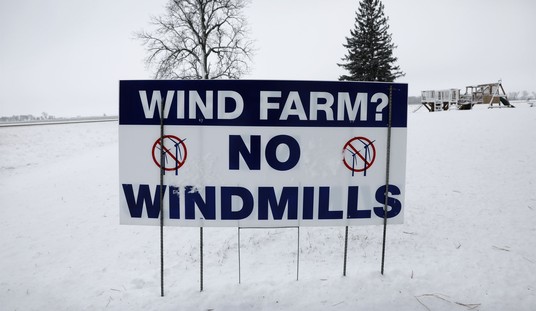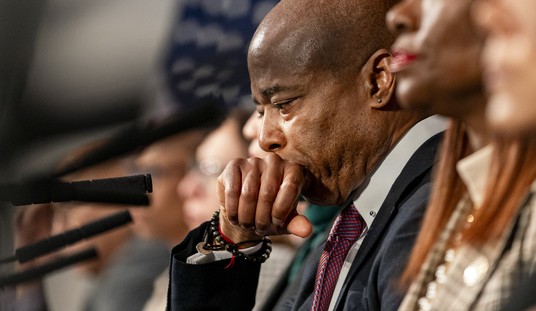And that’s saying a lot. Until Hurricane Katrina in 2005, Andrew held the record for the most destructive US storm in the previous several decades. The Category 5 hurricane destroyed over 63,000 homes and damaging twice as many, with a total destruction of $26.5 billion in 1992 dollars and 65 fatalities.
Governor Rick Scott pleaded with Floridians to get out of the way of Hurricane Irma, saying it will be “bigger than Andrew,” but that only tells part of the story. Not only will it be bigger, but it’s also more powerful, and its current projected track promises to pave over the entire state. There may be no safe havens south of Tennessee:
“This is bigger than Andrew, and we’re going to have way more storm surge,” @FLGovScott says pic.twitter.com/FwxDPFYJYR
— CBS News (@CBSNews) September 8, 2017
Two meteorologists tell the Associated Press that Irma will be on a completely different scale than Andrew:
“The effect of Irma on the state of Florida is going to be much greater than Andrew’s effect,” said Weather Channel senior hurricane specialist Bryan Norcross, who was a local television meteorologist hailed as a hero during Andrew. “We’re dealing with an entirely different level of phenomenon. There is no storm to compare with this. Unless you go way back to 1926.”
Kate Hale, Miami-Dade’s emergency management chief — who grabbed national attention during Andrew by beseeching “where the hell is the cavalry on this one?” — said by nearly every measure Irma looks far worse.
“Nobody can make this up. This storm. This track at this point,” Hale told The Associated Press on Thursday. Between Hurricane Harvey’s record weeklong flooding, devastating Western wildfires and Irma, which was nearing record-levels for the longest time at Category 5 strength, she called the effects on the national economy “potentially staggering.”
There’s another difference between Irma and Andrew that doesn’t relate to the storm itself. This time, there are a lot more people living at the impact point:
About 1.9 million people lived in Miami-Dade County when Andrew hit. Now about 6 million people live in South Florida’s three counties and another 4 million people live in threatened Orlando and Jacksonville.
Now they’re trying to get out, as Scott and others have been urging for days, but that window is rapidly narrowing as more and more people pour onto the highways. Plus, a run on gasoline prompted Scott to order police escorts for tanker trucks. Scott warned that a long drive would probably not work out for most Floridians now:
The state’s major highways — the Florida Turnpike, Interstate 95 and Interstate 75 — became increasingly paralyzed with traffic, and not just in South Florida, where evacuations began.
The Turnpike, its tolls suspended, was mostly jammed from Palm Beach County through Orlando on Thursday evening; I-75 was congested through Ocala, Gainesville and even Lake City, at the I-10 interchange. Even some back roads were bogged down, including U.S. 27, which starts as Northwest 36th Street in Miami and snakes north and across the state through Tallahassee.
A gasoline shortage worried the state so much that Gov. Rick Scott asked law enforcement to escort fuel tankers driving in to replenish stations. He repeatedly urged Floridians to drive only as far as necessary.
“You do not need to evacuate out of the state, or hundreds of miles away, to be safe,” he said. “Find shelters in your county.”
This storm might be impossible to outrun anyway. FEMA administrator Brock Long warned that residents as far north as North Carolina may need to seek shelter from Irma on its current track, although Long reminded people that the “complex forecast” for that track could change:
"Anybody from Alabama to North Carolina should be watching this storm very closely," FEMA administrator says https://t.co/T5uqoA85rO pic.twitter.com/df7BVeF64p
— CBS News (@CBSNews) September 8, 2017
Right now, though, the track looks like the worst-case scenario. This could dwarf the destruction of both Harvey and Katrina, and there may be a lot of people left homeless and stranded for a very long time.








Join the conversation as a VIP Member